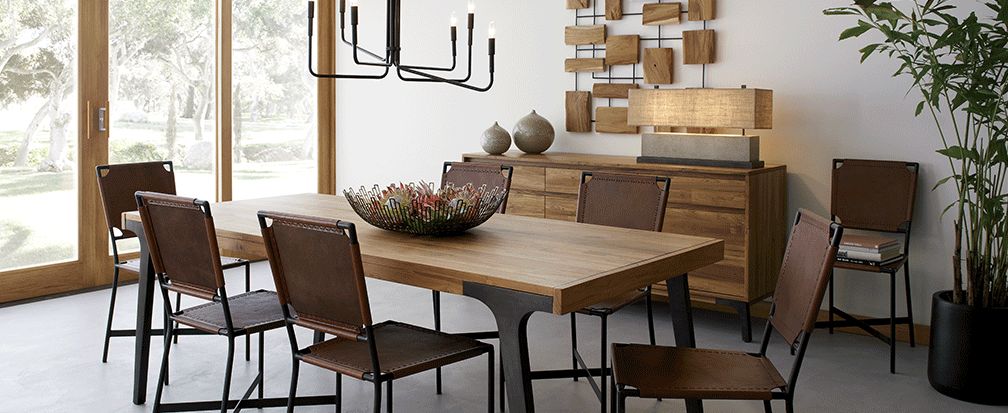Cutting-edge techniques in custom furniture design have revolutionized the way we conceive, create, and interact with furniture. In the realm of bespoke furniture, designers are pushing the boundaries of traditional craftsmanship by incorporating advanced technologies and innovative materials, resulting in pieces that are not only functional but also artistic expressions of form and function. One of the key trends in contemporary custom furniture design is the integration of digital fabrication methods. Computer Numerical Control CNC machining, 3D printing, and laser cutting are among the tools transforming the design process. These technologies enable designers to translate intricate digital designs into precise physical forms, allowing for unprecedented levels of complexity and customization. CNC machining, in particular, allows for the production of intricate patterns and complex shapes that would be challenging or impossible to achieve manually. This opens up new possibilities for furniture designers to experiment with unconventional forms and structures.

In addition to digital fabrication, augmented reality AR and virtual reality VR are playing an increasingly significant role in custom furniture design. Designers can use AR and VR to visualize their creations in a virtual space before the physical production begins. This not only streamlines the design process but also allows clients to experience and interact with their custom furniture in a virtual environment, providing valuable insights and ensuring that the final product meets their expectations. Materials science is another frontier in custom furniture design that is continually evolving and visit site. Designers are exploring sustainable and innovative materials that not only reduce environmental impact but also offer unique aesthetic and functional properties. Materials such as bio-composites, reclaimed wood, and recycled metals are gaining popularity, allowing designers to create eco-friendly and visually striking pieces. Beyond sustainability, designers are experimenting with smart materials that can respond to environmental stimuli, such as temperature or light, adding an element of dynamic interactivity to furniture.
Collaborations between designers and artificial intelligence AI are shaping the future of custom furniture design. AI algorithms can analyze vast amounts of design data, user preferences, and market trends to generate design suggestions or optimize existing concepts. This collaboration between human creativity and machine intelligence opens up new possibilities for creating truly personalized and adaptive furniture solutions. Furthermore, the concept of parametric design is gaining traction in the custom furniture landscape. Parametric design involves using algorithms to create designs that respond to specific parameters, allowing for a high degree of customization. This approach not only enhances the efficiency of the design process but also enables designers to explore a myriad of design variations, ensuring that the final product is tailored to the client’s preferences. Cutting-edge techniques in custom furniture design encompass a dynamic interplay between digital technologies, innovative materials, artificial intelligence, and sustainability. As designers continue to embrace these advancements, the boundaries of what is possible in bespoke furniture are continually expanding, offering a glimpse into a future where each piece of furniture is a unique blend of art, technology, and functionality.
